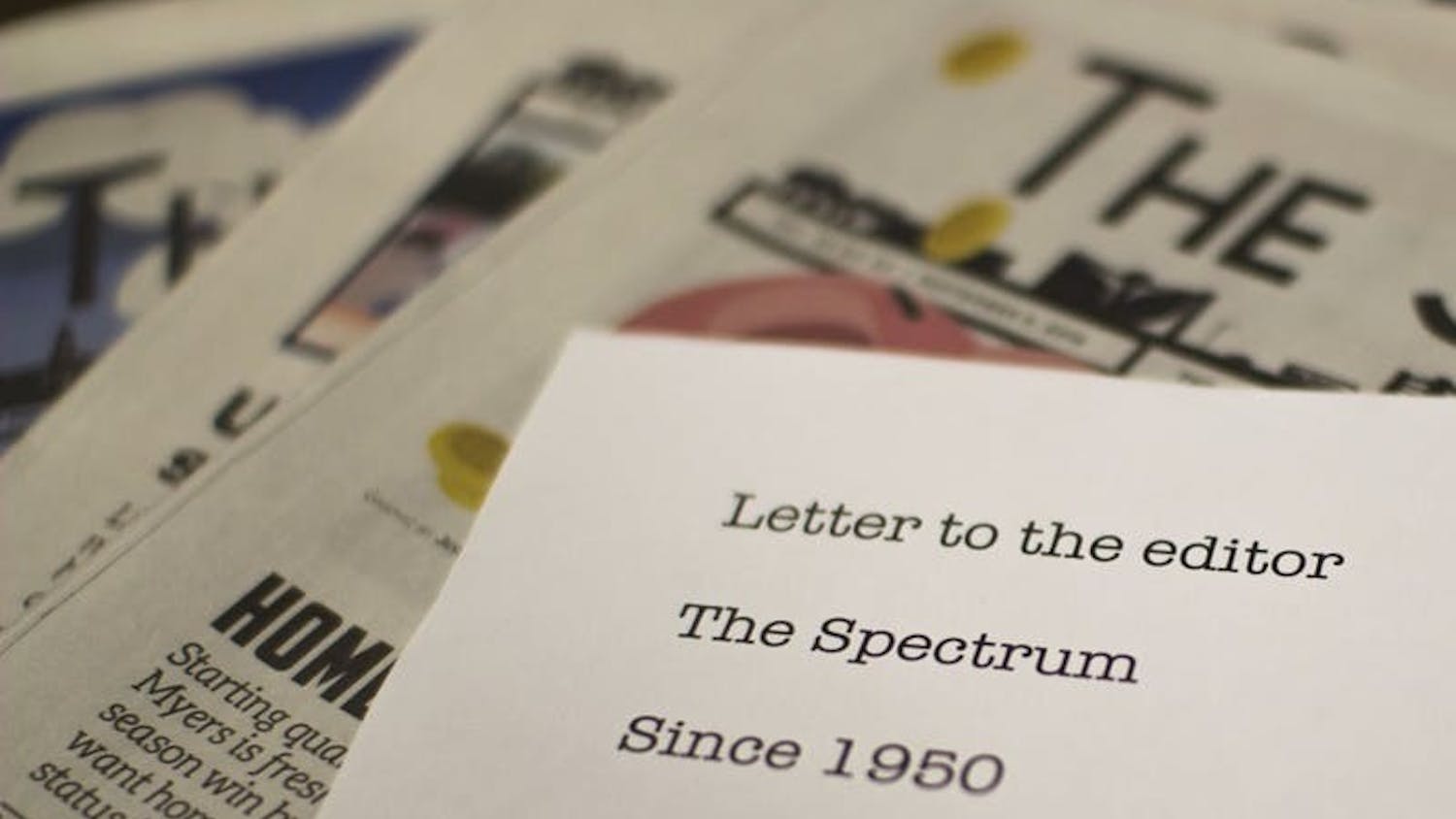The NCAA has used a false notion of amateurism as a way to siphon revenue that would otherwise be used to protect college athletes.
Duke basketball player Zion Williamson made headlines across the internet, as his shoe literally exploded, and he sustained a mild knee injury. The golden boy of college basketball and the number-one driver of revenue for Duke, ESPN and the NCAA will now miss a few games.
Williamson is set to be the first pick of the NBA draft and will instantly become a millionaire. He’s a rarity among college athletes. Some argue he should quit playing college basketball so he can secure his draft position and not risk any injury, others want him to keep playing.
I don’t care.
Williamson is a rarity and shouldn’t be shown as a reason to pay college athletes. Players like UB’s own CJ Massinburg, Anthony Johnson or Cierra Dillard should be.
All college athletes are considered amateurs as long as they follow specific guidelines placed on them by the NCAA. The NCAA, by denying student-athletes access to revenues based on individual performance, is able to generate substantially more profit than it would if it was to pay the participating players. It’s time for that to stop.
The Northwestern University football team filed with the National Labor Relations Board to form a labor union. Their attempt to unionize comes from the belief that they can guarantee themselves better protections and benefits than the NCAA can provide.
Their bid was rejected.
Some say the NLRB “was simply dodging a difficult issue and possibly making it harder for similar groups to unionize.” The main problem with unionization is the NLRB does not have jurisdiction over public colleges where states control the collective bargaining rights. Donald Remy, the NCAA’s chief legal officer, has referred to the action as appropriate and has since taken steps to “improve athletes well-being.”
The NCAA is able to create a system of profit sharing between it and the players. It just refuses to do so.
The court cases of O’Bannon v. NCAA and Keller v. Electronic Arts are able to provide the basis. In both cases the NCAA was selling players likenesses in order to profit from their success. Ed O’Bannon did not give his consent nor recieved compensation in the use of his image in the NCAA’s sale of basketball championship DVDs. Sam Keller claimed that the NCAA conspired with EA to license the use of his appearance in video games released by the company.
Maybe it is time for more athletes to take action. Buffalo puts its athletes in advertisements and promotes them on buses, signs and uses them as a part of its own TV shows.
This is the same university that had a student’s face on an elevator for years after they graduated without notifying them.
Athletes futures are uncertain, like Williamson. They aren’t guaranteed millions to play sports after graduation.
Let athletes take money from donors, businesses and have them appear in commercials to create a safety net of money for after graduation.
The current system of the NCAA and prioritizing its supposed state of “amateurism” as well as the notion of “academics first, athletes second” is an outdated and corrupt policy taking money out of athletes’ pockets.
Nathaniel Mendelson is the senior sports editor and can be reached at nathaniel.mendelson@ubspectrum.com and on Twitter @NateMendelson.





